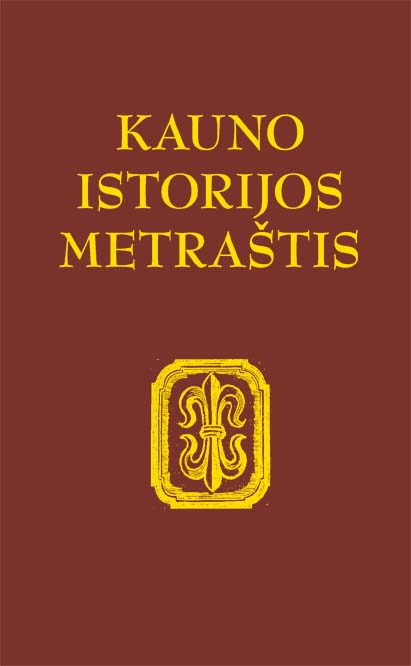Pacų heraldikos tradicija ir giminės didybės atspindžiai XVII a. antrojoje pusėje
Heraldic Tradition of the Pacowie and Reflections of Family Majesty in the 2nd Half of the 17th Century
Author(s): Gabrielė JasiūnienėSubject(s): Cultural history, 17th Century
Published by: Vytauto Didžiojo Universitetas
Keywords: Heraldry; Coat of arms; Pacowie; Heraldic tradition; Seal;
Summary/Abstract: In in the Grand Duchy of Lithuania the first coats or arms for nobles appeared during the late 14–15th centuries. Heraldry of the nobility in the Grand Duchy of Lithuania was affected by several traditions: ancient Lithuanian signs, coats of arms of Poland and other European countries. This article analyzes the heraldry of the Pacowie family. It is known that in the 2nd half of the 17th century the Pacowie family was one of the most influential noble families in the Grand Duchy of Lithuania. Their coat of arms was Gozdawa, in which there are two fleurs-de-lis (double lily). Out of a crest coronet emerges a panaché of peacock plumes proper charged with the device of the shield. The members of Pacowie family used single-field and combined coats of arms. The coats of arms were depicted in seals, literature, portraits, and architecture. The coat of arms in the heraldic tradition of Pacowie was an important sign of the representation, majesty and belonging to the family. The coats of arms of Pacowie family members symbolized their social status, positions, family and marital lines. Double fleur de lis today remind us about the most influential noble families in the Grand Duchy of Lithuania – the Lithuanian “Italians” Pacowie family.
Journal: Kauno istorijos metraštis
- Issue Year: 2022
- Issue No: 20
- Page Range: 7-18
- Page Count: 12
- Language: Lithuanian

